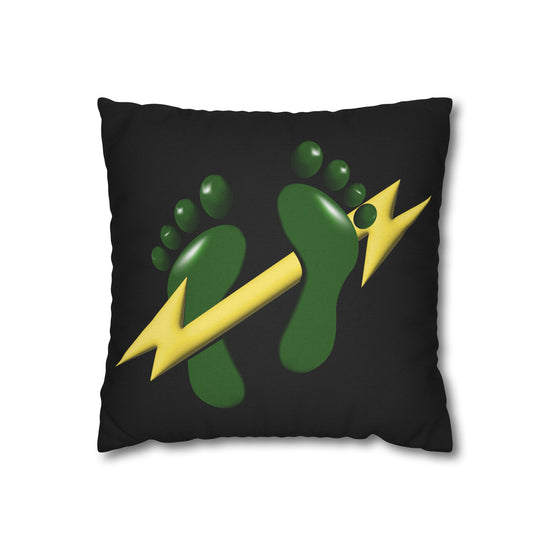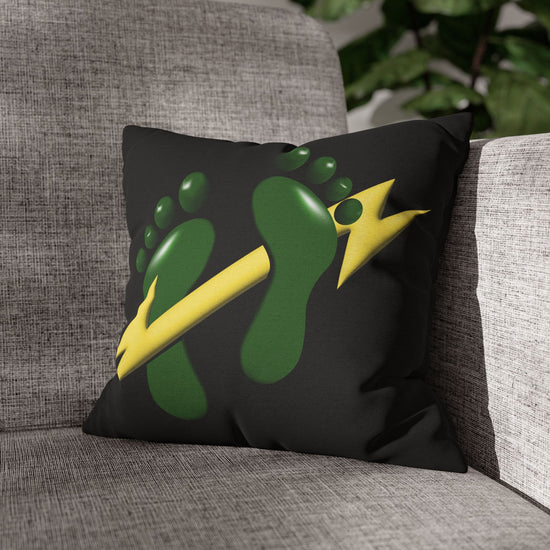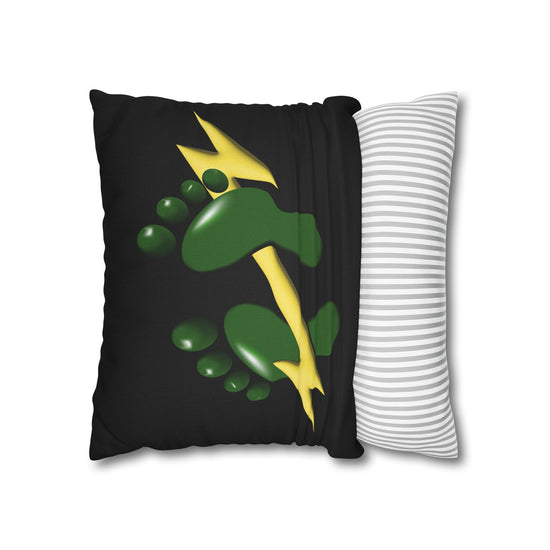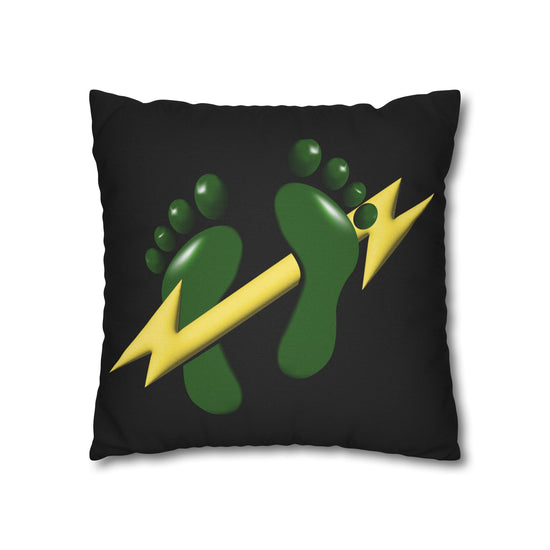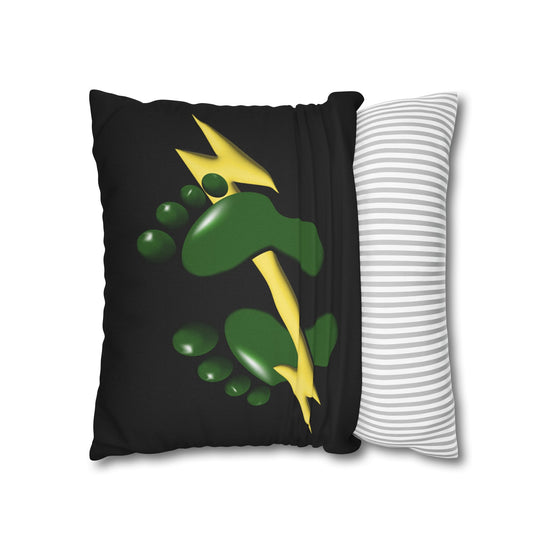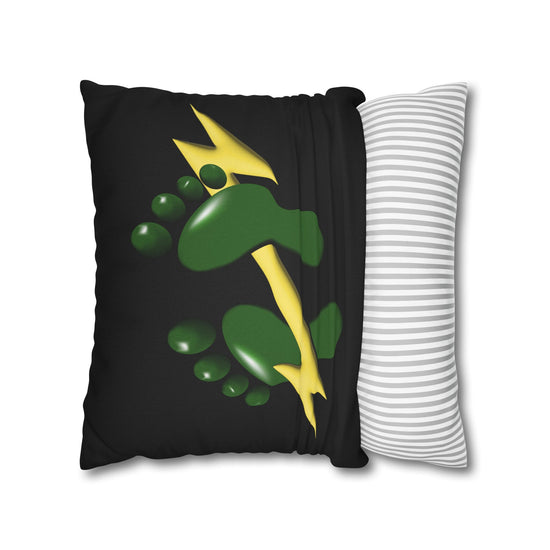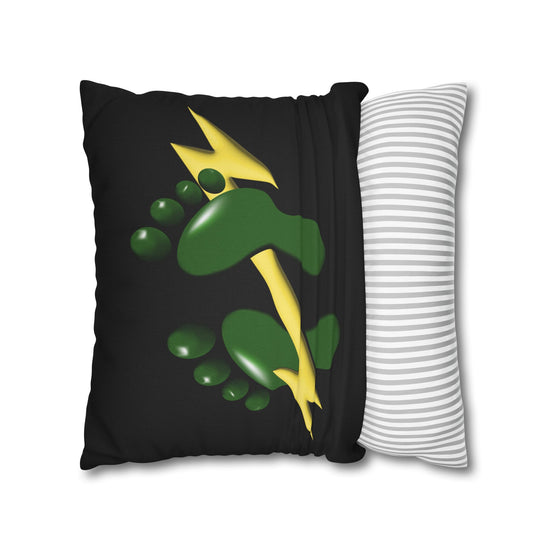






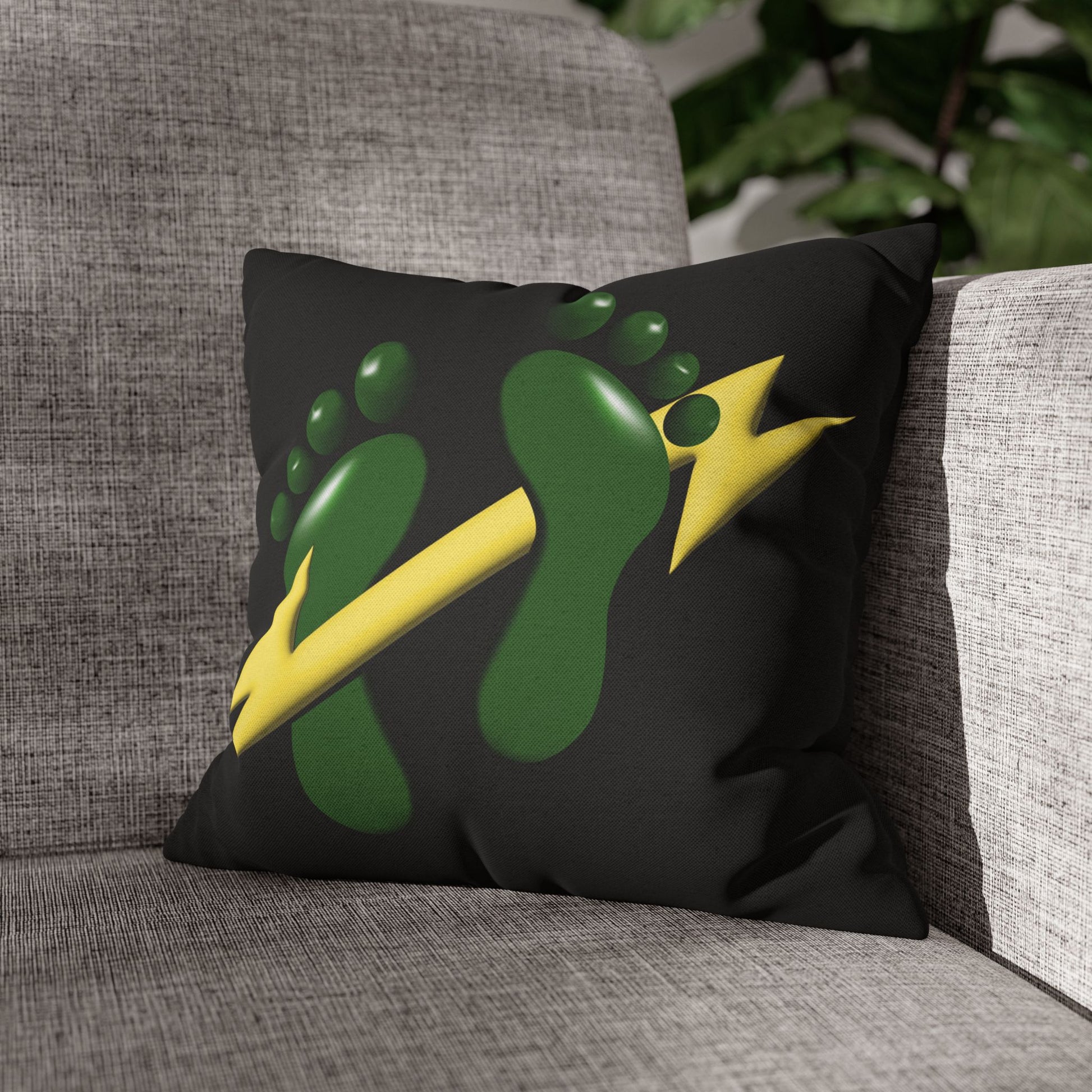
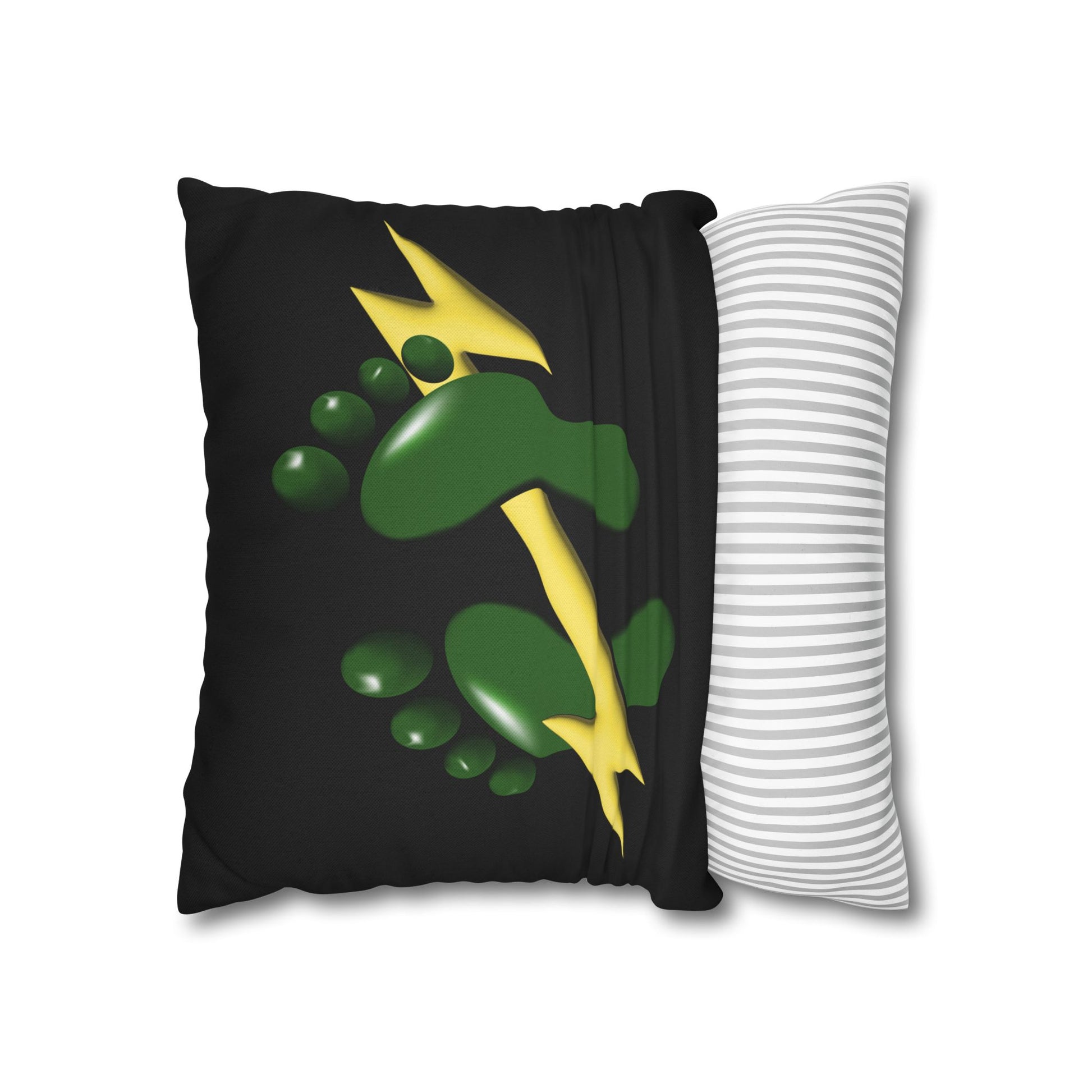

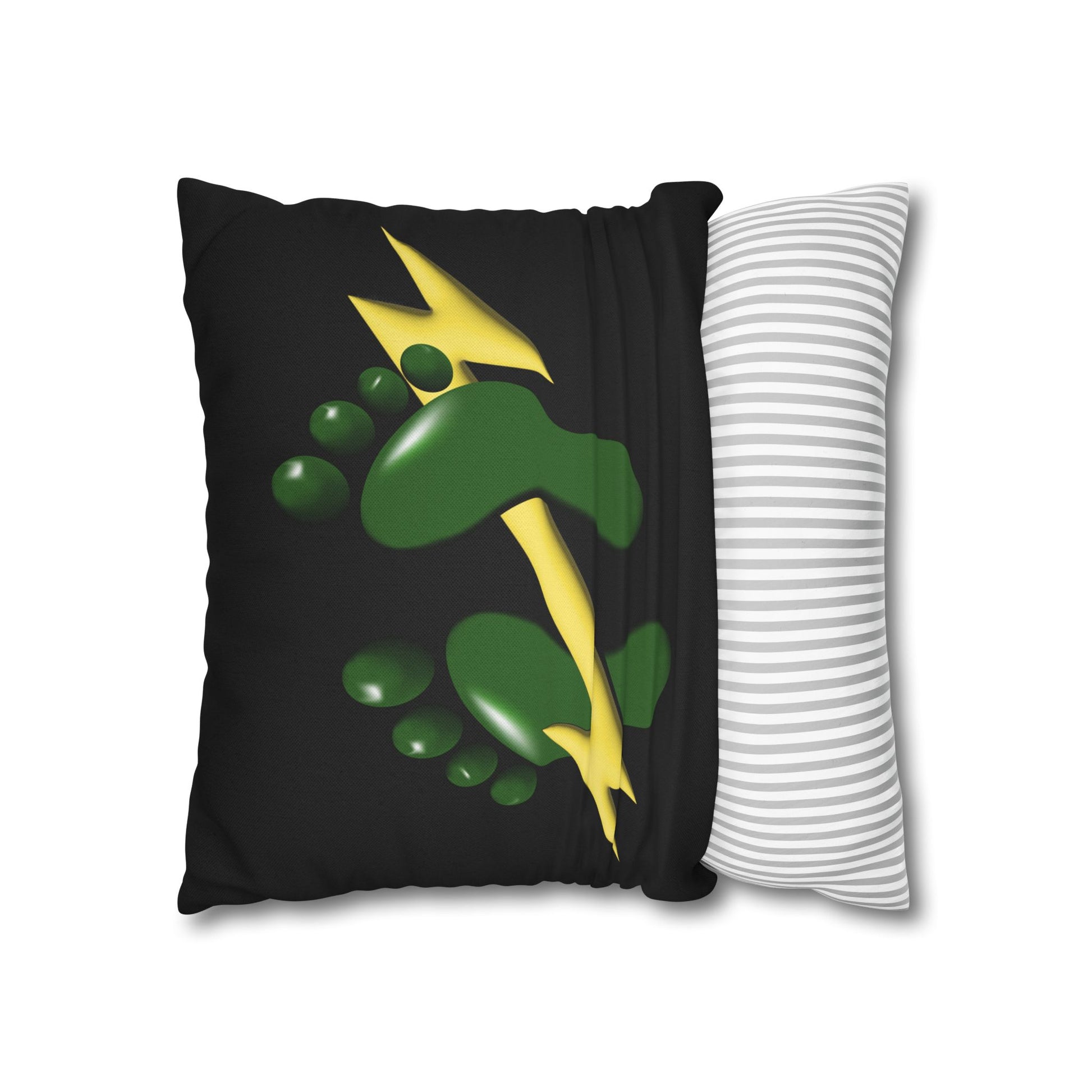
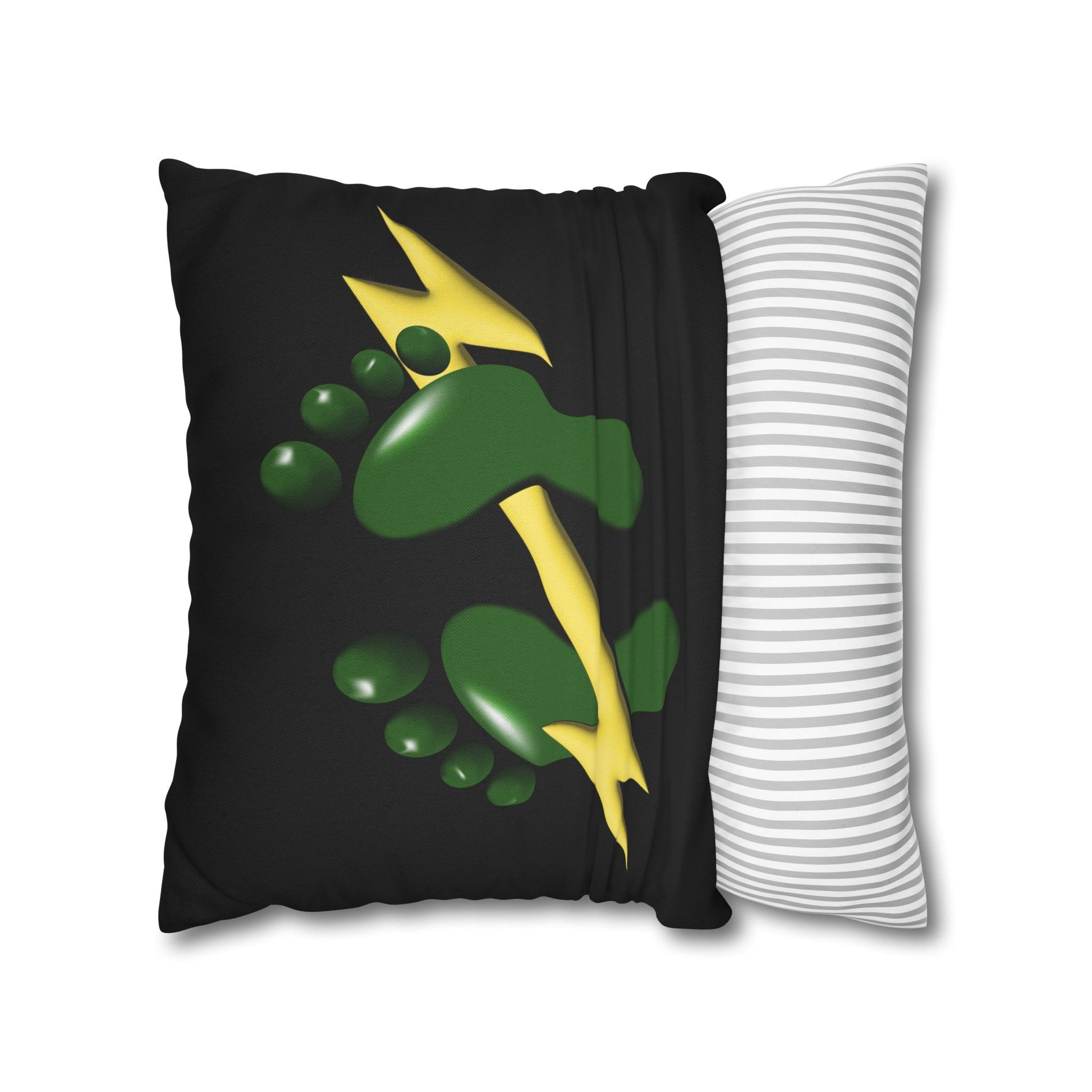

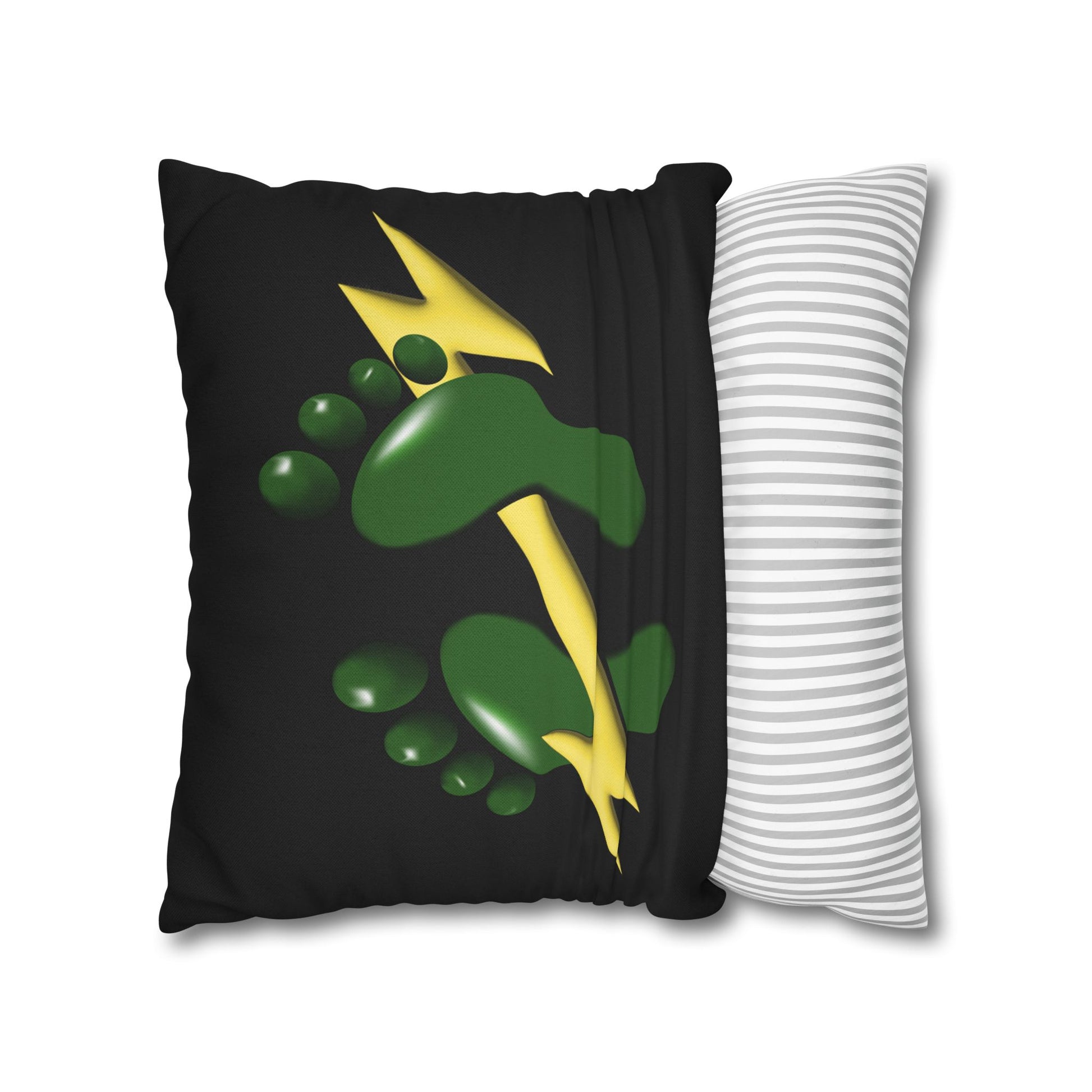



Pararescue (PJ) Green Feet, Pillowcase
-
Free Shipping for orders $50+
Money back within 30 days for an exchange.
“The New Breed” represents the shift to a harder standard where Pararescue and Combat Control candidates trained side by side, forging joint respect through shared suffering. The goal wasn’t throughput. It was simple: Quality, not Quantity. That standard took root with the first combined Indoc. class in 1988, and it still holds.
STS, Inc. is bringing back the old-school designs that meant something. Trademarked and unapologetic.
Product features
- 100% spun polyester for durability and a smooth finish
- Beige plastic zipper with metal head for a polished look
- Double-sided print for two unique styles in one
- Concealed zipper for a seamless design; pillow not included
- Size variance of +/- 0.5" for a perfect fit
Care instructions
- Remove the pillows cover if it's removable. Pre-treat the stains with soft cloth or bristle brush that had been soaked in warm soap water. Machine wash, max 40°C, normal cycle. Do not bleach, do not tumble dry. Iron, steam or dry low heat only. Do not dry-clean. Fluff to reshape when assembled back together.
CCT History
Combat Control Teams (CCT) were established in 1953 to provide air traffic control and command-and-control capabilities in support of U.S. and allied special operations. Evolving from WWII pathfinders and glider operations, CCTs became essential for establishing drop zones, landing zones, and assault strips in denied or austere environments. Over the decades, they’ve deployed alongside every U.S. SOF element, enabling precision airpower in conflicts from Southeast Asia to the Middle East. CCTs are uniquely qualified as FAA-certified air traffic controllers and hold a wide array of advanced skills: they are certified Joint Terminal Attack Controllers (JTACs), combat divers, static-line and military free-fall parachutists (HALO/HAHO), qualified in demolitions, small unit tactics, survival/evasion/resistance/escape (SERE), communications, fire support coordination, and reconnaissance. Their ability to integrate air and ground operations under extreme conditions makes them one of the most versatile and mission-critical assets in U.S. special operations.
